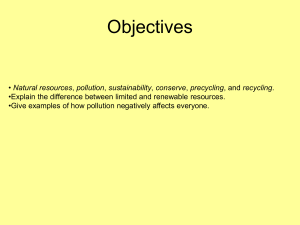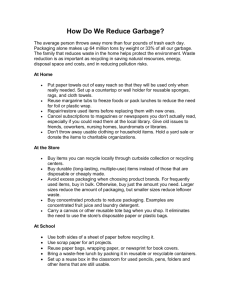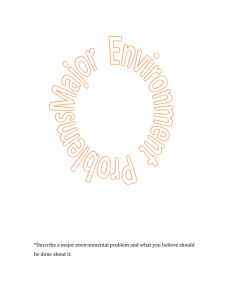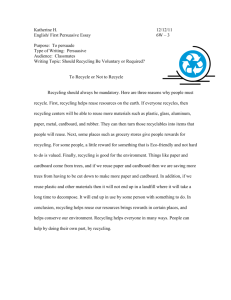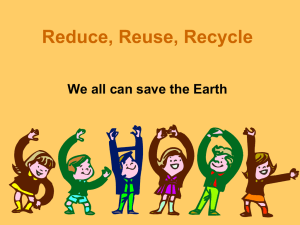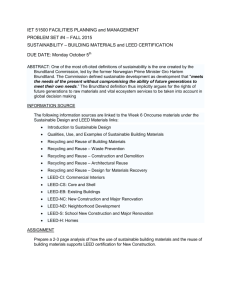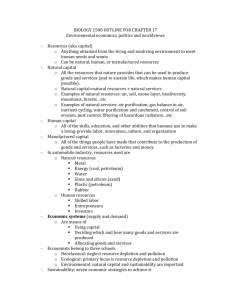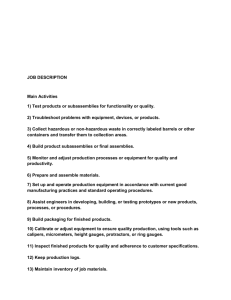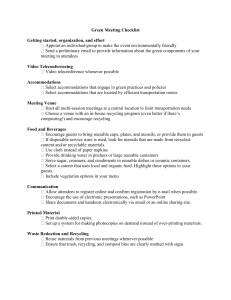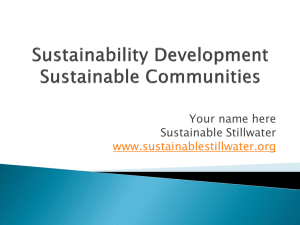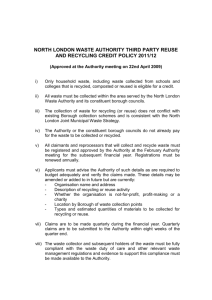Lesson 5
advertisement
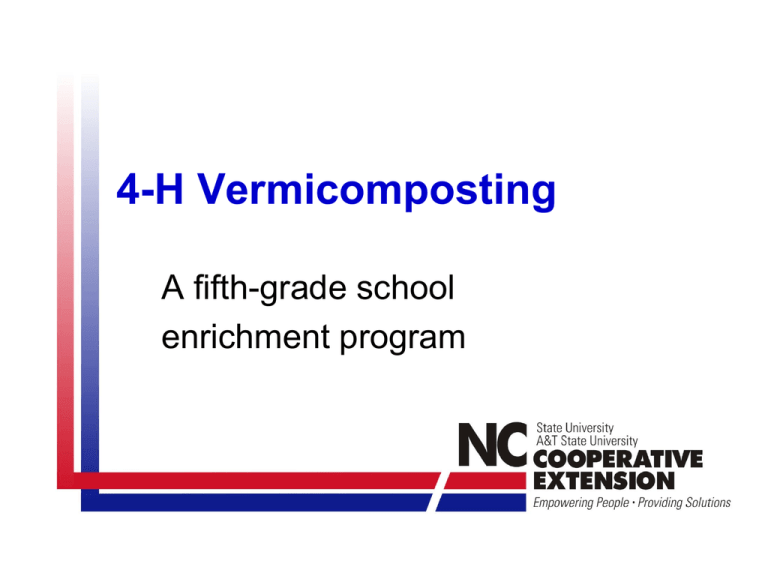
4-H Vermicomposting A fifth-grade school enrichment program Lesson 5: Reduce, Reuse, and Recycle • Objectives – Learn why waste reduction and recycling is important – Determine methods to reduce, recycle and reuse items • Review – What creatures did you find in the worm bin? Why Reduce Waste? • Less waste saves resources and money, reduces pollution, and helps the earth. • Changing your habits is the key — think about ways you can reduce waste when you shop, work, and play Ways to Reduce Waste Use glass instead of paper or Styrofoam cups Buy in bulk and store in used jars and bottles Use both sides of paper Why Reuse Things? • • • • Conserves resources Reduces our waste stream Saves or delays purchasing and disposal costs Causes less pollution than recycling or making new products from virgin materials • Makes needed items available to those who can’t afford to buy them How Do I Reuse? • • • • Pack lunch in reusable containers instead of plastic bags Use rechargeable batteries Look for products in reusable packaging when you shop Donate unwanted clothing, furniture, books, toys to charities • Repair things instead of replacing them • Use glass or plastic containers several times before recycling or disposing of them • Reuse envelopes Methods of Reusing Materials Make craft projects with discarded items Wash and reuse containers What is Recycling? Recycling involves: –Separating materials –Collecting them –Processing the materials –Remanufacturing those materials into new products –Buying those new products –Using those new products Why Recycle? • • • • • • Saves energy Conserves resources Reduces pollution Cuts waste disposal costs Saves valuable raw materials Reduces trash in landfills What’s Wrong With Landfills? • Largest human source of global warming in United States • Can pollute groundwater • Attracts rodents • Creates dust and noise pollution • Wastes materials that could be reused Methods of Recycling Send items to a recycling center Add organic waste to a compost pile or worm bin

